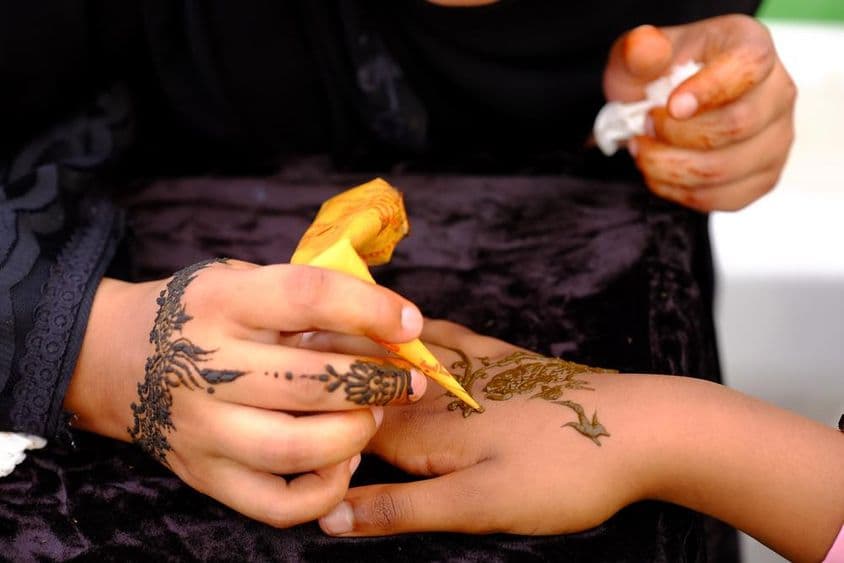Eid Henna Artists: 17-Hour Marathon Days

Eid Rush: Henna Artists Endure 17-Hour Workdays in UAE
As the Eid celebration approaches, henna artists in the United Arab Emirates are working at a more hectic pace than ever. During the last week of Ramadan, when women wish to adorn their hands with the most beautiful designs, this becomes one of the busiest times of the year for henna artists. Many of them work up to 17 hours a day to fulfill all orders, often traveling from Dubai to clients in Abu Dhabi or Al Ain.
Working at Full Capacity
In the period leading up to Eid, the demand for henna cones surges sharply. A henna artist living in Dubai has sold more than 1,000 organic henna cones this Ramadan season. Henna preparation continues every day, often until midnight, with help from assistants or anyone available at home. The goal is to complete as many last-minute orders as possible.
Many of them not only focus on henna painting but also handle cone production, packaging, and delivery. Logistics play an essential role, as clients often prefer to pick up the products themselves, but henna artists don't always have the time to stay home to meet them.
Long Workdays and Smart Organization
Another henna artist with over a million social media followers works from 9 a.m. to 2 a.m. daily. According to her, every minute counts during this period: she visits clients in their homes, tries to keep appointments on time, but remains on the go consistently.
Some artists split their day into three shifts during this rush and only take group bookings — which reduces travel time. One such artist travels to Abu Dhabi and Al Ain, attempting to take at least a one to two-hour break each day for a refresh amidst long workdays.
Temporary Product Stop and Personal Events
Due to increased demand, several henna artists halt cone sales a few days before Eid to focus solely on fulfilling ordered designs. Although many artists participate in special events, they rarely take individual clients during this time — if they do, they host henna evenings at their homes.
Popular Trends and Prices
A trend this year is the "Jagua" dark blue henna type, which leaves a beautiful deep blue hue on the skin. However, it is more expensive, and prices reflect that. Simpler designs generally cost 50 dirhams per hand but can increase to 70 dirhams before Eid. More intricate designs may cost between 150 to 200 dirhams.
White henna is also becoming increasingly popular during Ramadan, especially among those wanting something special to complement their festive attire. Designs made popular by social media, like the bow pattern, are also highly sought after this year.
Summary
Henna artistry is not only tradition but also passion and hard work. Artists in Dubai and across the UAE are performing extraordinary feats in the days leading up to Eid: traveling, planning, painting, selling — all to ensure everyone can wear the most exquisite patterns on their hands for the festive occasion. Their work contributes to making Eid truly a special experience.
If you find any errors on this page, please let us know via email.


